Politicon.co
A new chance for GUAM
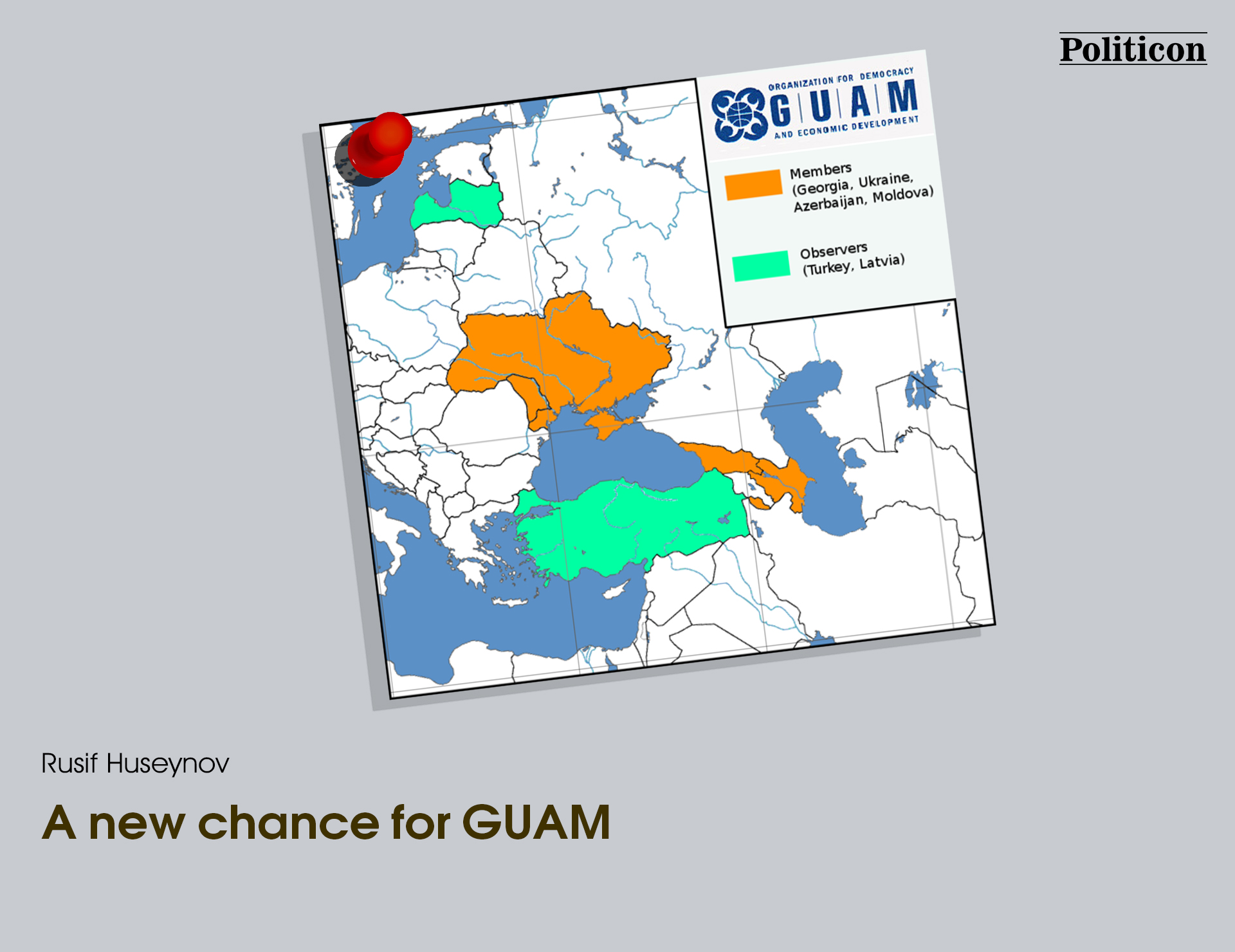
GUAM: from setup to the present situation
In light of the current events in East Europe, a new chance can emerge for the revival of GUAM, an organization established by Georgia, Ukraine, Azerbaijan and Moldova in 1997. The bloc that started taking shape in the turn of the millennium
The initial conceptual vision of GUAM primarily based on cooperation between the member states in creating a Euro-Asian Trans-Caucasus transport corridor was aimed to create a common space of integration and security in the GUAM region. Thus, fully engaging in social and economic, transport, energy, scientific and technical, humanitarian, legislative and law-enforcement capacities of the member states, this vision coincided with establishing in the Black Sea – Caspian region a space of civilized partnership based on European standards, criteria and practice, including the principles of freedoms of movement of goods, services, capital, and labor and persons.
A very active and promising structure in terms of integration until the mid-2000s, GUAM was sometimes considered an American project to lower Russia`s influence in post-Soviet space, although GUAM was not directed against anyone, according to its concept. After pro-Western forces led by Saakashvili and Yuschenko came to power in Georgia and Ukraine respectively, GUAM obviously became more anti-Russian. The Ukrainian Defense Minister even suggested setting up GUAM peacekeeping unit in 2006.
In 2005-2007, GUAM gained more international recognition and interest. Several Eastern European nations, including Poland, Romania and Baltic states demonstrated great interest in the organization and expressed their support to it. Turkey and Latvia joined GUAM as observers.
However, GUAM started fading away in the late 2000s, following the remarkable changes in the government and policy of several member-states. In 2009, the Moldovan president called GUAM “viable and unpromising”, while his Ukrainian counterpart, pro-Russian Viktor Yanukovich, who had just come to presidency said of GUAM “a useless organization that has lost relevance” in 2010.
The reanimation and reactivation of GUAM with a strict program and certain goals may be effective in near future: the member-states suffering from similar problems (e.g.: separatism) may again assemble to develop westward, to conduct democratic reforms, and to restore their territorial integrity.
GUAM countries and their territorial problems
By the time of its formation in late 1990s, the three members – Georgia, Azerbaijan and Moldova had already had their territorial problems suffering from separatism and breakaway regions. Ironically, the loss of Crime and the present conflict in Donbass have also put Ukraine in a similar situation with its allies.
All the conflicts in the above-mentioned countries are rooted in their Soviet past. The problems in Georgia, Azerbaijan and Moldova emerged in the last years of the Soviet Union and turned into bloody wars following the dissolution of the Union in 1991.
Since the ceasefire which ended the Transnistria War (1990–1992), the Russian-influenced breakaway republic of Transnistria has controlled the easternmost strip of the territory of Moldova. The republic is internationally unrecognized, and Moldova continues to claim the territory. Moldova is now on a track leading to the European Union. The unrecognized PMR, however, struggles to exist. Since PMR is bordering Ukraine, not Russia, the current Ukraine-Russia relations have put the separatist regime also in trouble.
The Nagorno-Karabakh region, an Armenian enclave within Azerbaijan, has been a source of dispute between Azerbaijanis and Armenians for many decades. The Nagorno-Karabakh War was fought as a full-scale conflict in 1991–1994. Since the ceasefire, the Armenian-backed Nagorno-Karabakh Republic has controlled the region and an area adjoining it (giving it a border with Armenia). The Republic remains internationally unrecognized, in spite of efforts to settle its political status. Azerbaijan continues to claim the whole territory as its own. Azerbaijan has achieved much progress and increased both GDP and welfare of the population. Meanwhile, NKR and even its protector Armenia manage to survive mainly with the help of Armenian diaspora.
The Abkhaz–Georgian conflict and Georgian–Ossetian conflict have led to the creation of two unrecognized states within the internationally recognized territory of Georgia. The 1991–92 South Ossetia War and the War in Abkhazia (1992–93), followed by the Russo-Georgian War of August 2008, have left the Russian-backed Republic of South Ossetia and Republic of Abkhazia in de facto control of the South Ossetia and Abkhazia regions in north and northwest Georgia. Georgia has set a brilliant precedent how to fight corruption, and to establish a democratic country and a liberal society in the post-Soviet space, while its two breakaway regions are heavily dependent on Russia.
The conflicts have largely remained "frozen", with disputed areas under the de facto control of entities other than the countries to which they are internationally recognized as belonging, and which still consider those areas to be part of their territory.
In 2014, Crimea seceded from Ukraine, and soon afterwards joined the Russian Federation. This is widely regarded as an annexation of the peninsula by Russia, and is considered likely to result in another post-Soviet frozen conflict. Fears have been expressed that a similar outcome will result from the 2014-2015 War in Donbass, where the unrecognized Donetsk People's Republic and Luhansk People's Republic have taken de facto control of areas in the Donbass region in eastern Ukraine.
Why GUAM and West need GUAM
Despite the weaker activities in the past few years, it is time for these countries to unite efforts and harmonize their foreign policy. They should determine Westward integration as the top priority in their external affairs and agree on collective steps within GUAM towards European structures. An extensive program of reforms on the democratization of local institutions, ensuring human rights and freedoms should also be conducted in each country with the close participation and recommendations of European organizations. The governments should fight corruption and bribery, strengthen the independence, and efficiency of the judiciary, pave the way to democratic elections, ensure the protection of minorities, encourage freedom of press, etc. in order to get rid of negative elements of Soviet and post-Soviet heritage and become more Western.
Simultaneously, the GUAM countries can conduct the negotiations with their breakaway regions more confidently by demonstrating positive reforms and bettering welfare in the mainland, offering them high level of self-governance, promising them integration with Europe.
Re-emergence of a serious political organization spanning from the Black Sea to Caucasus and Caspian would also serve to the interests of the Western world; they can use it to keep balance against Russia-led Eurasian Union. The political gain of the Western powers may come from the benefits of GUAM in economic, energy and military spheres.
Economically, the European Union may not only receive a big market for its goods but also cheaper labor force. In this regard, it will be quite profitable for European companies not only to find new customers but also to make investments in these countries.
Furthermore, GUAM can be an important instrument in the EU`s policy on energy policy, the diversification of which has long been on Brussels` agenda. In this case, the EU will not only earn a reliable source of energy (from Azerbaijan), but also establish a loyal transport corridor, through which oil and gas reserves of the Middle East and Central Asia can be delivered.
Therefore, the Western world, particularly the European Union must embrace GUAM and carry out relevant measures. This measures may include lifting visa regime (currently, only Moldova enjoys mutual visa-free regime with the EU), relaxing customs issues and paving way to mutual and free movement of capital and goods in near future, give preference to GUAM countries in new projects (oil, gas, transport corridor), encourage European companies to invest in GUAM. The EU countries must also give constant political support to GUAM, by recognizing territorial integrity of each of them, lobbying and supporting this issue at international level, outlawing any entities and companies that may deal with breakaway regions.
Regarding the military issues, the four countries may also consider an already offered suggestion to establish collective peacekeeping forces with a possible goal of eventually joining NATO. Meanwhile, NATO can also contribute to further deepening of the relations by taking the security of GUAM countries under its wing, conducting joint military exercises, and helping the modernization of the national armies. It would help the Western powers to achieve several goals simultaneously: to set up a counter-organization against the Collective Security Treaty Organization led by Russia and to create a solid buffer zone between Russia and EU, to secure the important corridor GUAM will provide, to get closer to Iran and Middle East, where the United States has special interests in.
The political will of the GUAM leaders, as well as the strong support by the USA and EU, may yield positive results for deeper regional integration, create a solid buffer zone between Russia and EU, and become effective in the energy policy of the EU.
![]()
- TAGS :
- Azerbaijan
- Georgia
- GUAM
- Ukraine
- Moldova
- TOPICS :
- Foreign policy
- REGIONS :
- Eastern Europe
- Russia and CIS

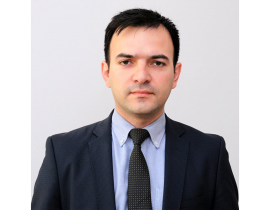

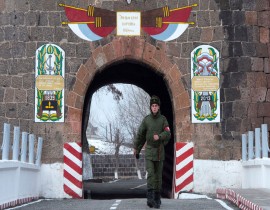
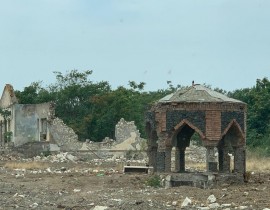
png-1748065971.png)

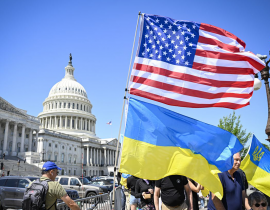
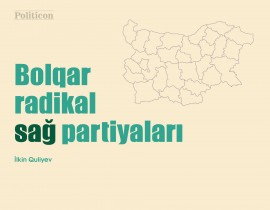
jpg-1599133320.jpg)

